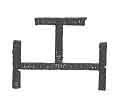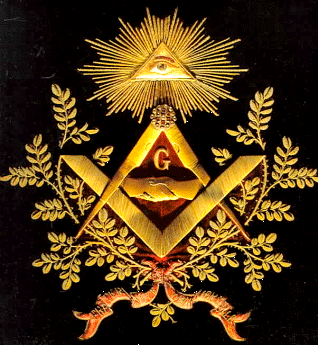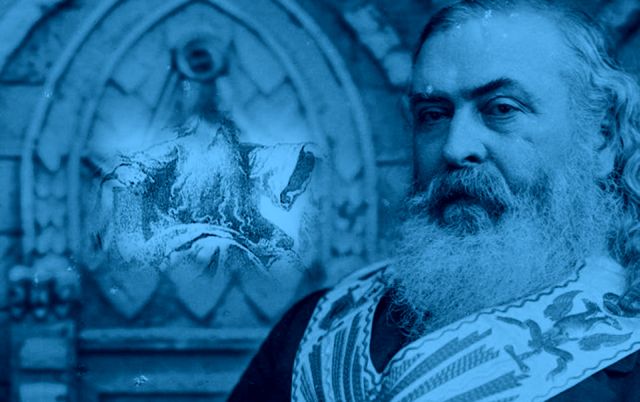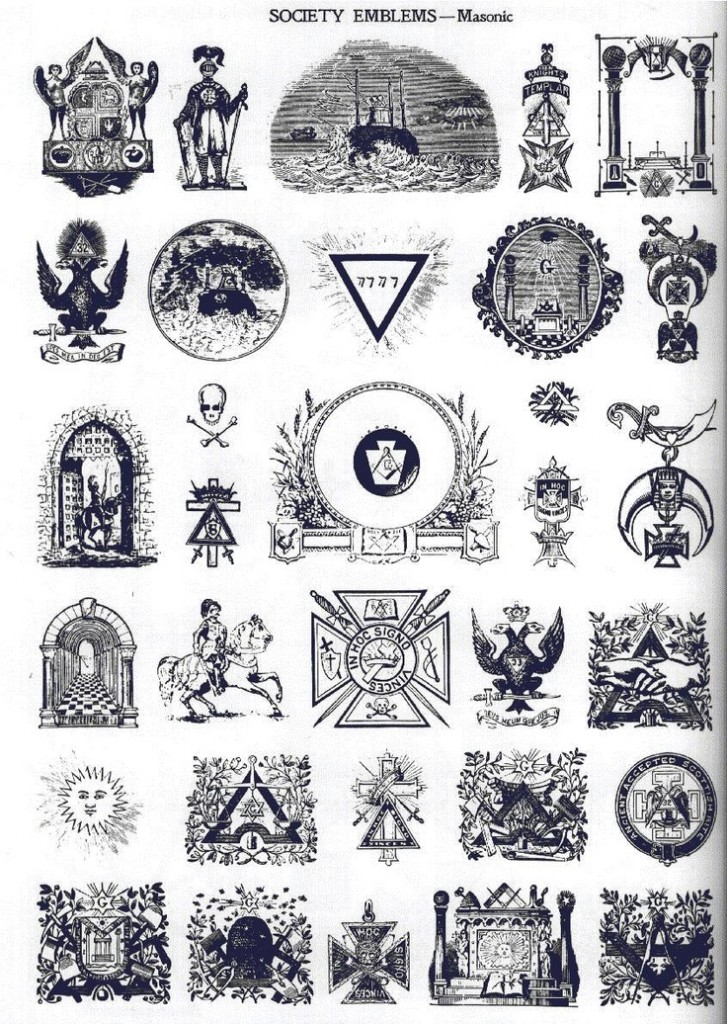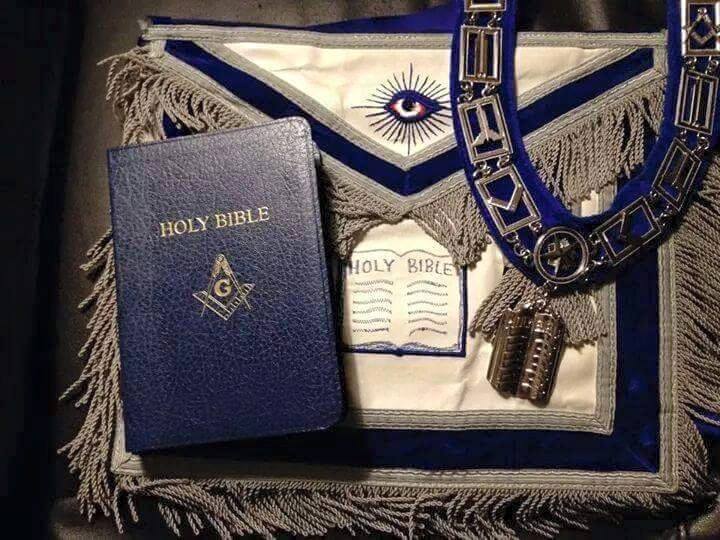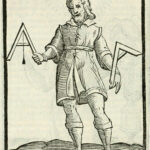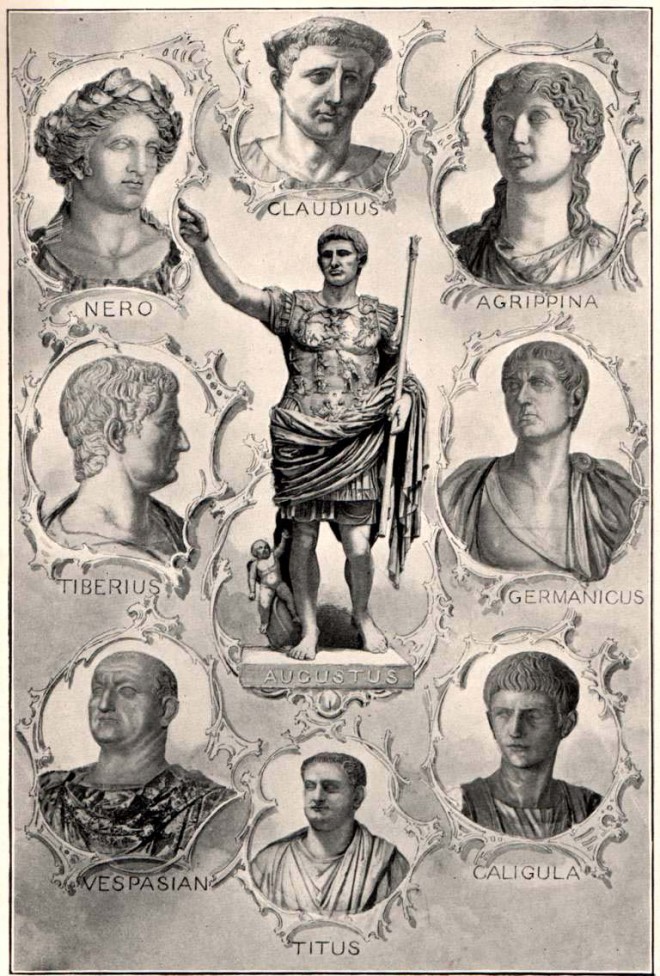After a preliminary trial at Thebes, where the neophyte had to pass through many trials, called the “Twelve Tortures,” he was commanded to govern his passions and never lose for a moment the idea of his God. Then as a symbol of the wanderings of the unpurified soul, he had to ascend several ladders and wander in darkness in a cave with many doors, all of which were locked. When he had overcome the dreadful trials, he received the degree of Pastopkoris, the second and third degrees being called the Neocoris, and the Melanephoris. Brought into a vast subterranean chamber thickly furnished with mummies lying in state, he was placed in presence of the coffin which contained the mutilated body of Osiris covered with blood. This was the hall called “Gates of Death,” and it is most certainly to this mystery that the passages in the Book of Job (xxxviii. 17) and other portions of the Bible allude when these gates are spoken of. In chapter x., we give the esoteric interpretation of the “Book of Job,” which is the poem of initiation par excellence.
“Have the gates of death been opened to thee?
Hast thou seen the doors of the shadow of death?”
Page 365
asks the “Lord” — i.e., the Al-om-jah, the Initiator — of Job, alluding to this third degree of initiation.
When the neophyte had conquered the terrors of this trial, he was conducted to the “Hall of Spirits,” to be judged by them. Among the rules in which he was instructed, he was commanded “never to either desire or seek revenge; to be always ready to help a brother in danger, even unto the risk of his own life; to bury every dead body; to honor his parents above all; respect old age and protect those weaker than himself; and finally, to ever bear in mind the hour of death, and that of resurrection, in a new and imperishable body.” Purity and chastity were highly recommended, and adultery threatened with death.
Then the Egyptian neophyte was made a Kristophores. In this degree the mystery-name of IAO was communicated to him. The fifth degree was that of Balahala, and he was instructed by Horus, in alchemy, the “word” being chemia. In the sixth, the priestly dance in the circle was taught him, in which he was instructed in astronomy, for it represented the course of the planets. In the seventh degree, he was initiated into the final Mysteries. After a final probation in a building set apart for it, the Astronomus, as he was now called, emerged from these sacred apartments called Manneras, and received a cross — the Tau, which, at death, had to be laid upon his breast. He was a hierophant.
We have read above the rules of these holy initiates of the Christian Society of Jesus. Compare them with those enforced upon the Pagan postulant, and Christian (!) morality with that inculcated in those mysteries of the Pagans upon which all the thunders of an avenging Deity are invoked by the Church. Had the latter no mysteries of its own? Or were they in any wise purer, nobler, or more inciting to a holy, virtuous life? Let us hear what Niccolini has to say, in his able History of the Jesuits, of the modern mysteries of the Christian cloister.
“In most monasteries, and more particularly in those of the Capuchins and reformed (reformati), there begins at Christmas a series of feasts, which continues till Lent. All sorts of games are played, the most splendid banquets are given, and in the small towns, above all, the refectory of the convent is the best place of amusement for the greater number of the inhabitants. At carnivals, two or three very magnificent entertainments take place; the board so profusely spread that one might imagine that Copia had here poured forth the whole contents of her horn. It must be remembered that these two orders live by alms. The sombre
Page 366
silence of the cloister is replaced by a confused sound of merry-making, and its gloomy vaults now echo with other songs than those of the psalmist. A ball enlivens and terminates the feast; and, to render it still more animated, and perhaps to show how completely their vow of chastity has eradicated all their carnal appetite, some of the young monks appear coquettishly dressed in the garb of the fair sex, and begin the dance, along with others, transformed into gay cavaliers. To describe the scandalous scene which ensues would be but to disgust my readers. I will only say that I have myself often been a spectator at such saturnalia.”

Moe is the founder of GnosticWarrior.com. He is a father, husband, author, martial arts black belt, and an expert in Gnosticism, the occult, and esotericism.

